After many days of driving in heavy rain, your car can still have many potential risks of damage that are difficult to detect with the naked eye. Even if you do not go through deep flooded areas, cars are not completely waterproof, rainwater can seep through gaps, rubber seals, and even seep into important parts in the engine compartment and interior.
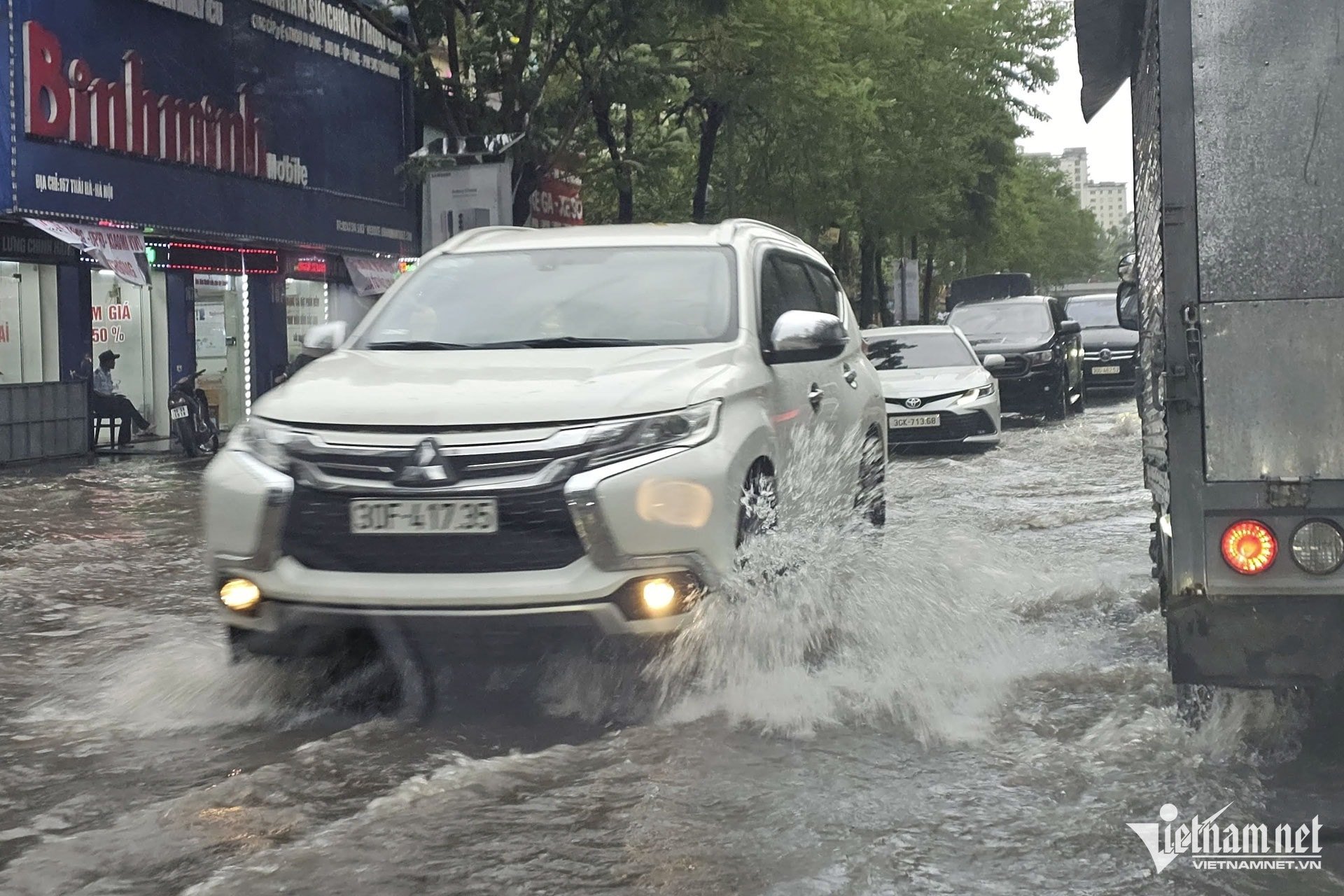
Therefore, checking your car after several days of heavy rain is an important step to ensure safety and maintain the durability of your car. Below are the items you should pay attention to check, compiled from practical experience in the auto repair profession.
Check the outside of the car
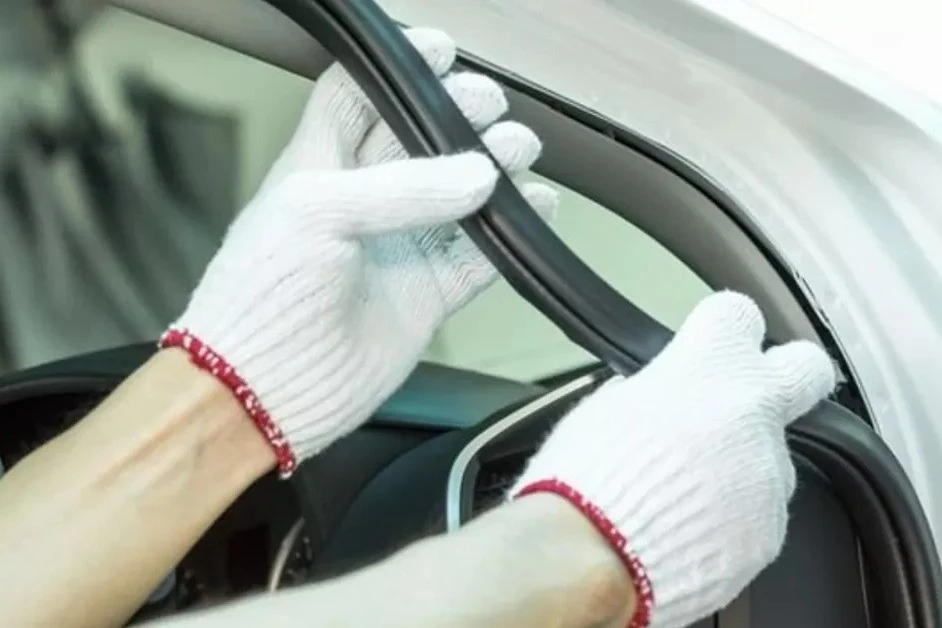
Body and rubber seals: The body is the first line of defense against rain and wind, but water can still seep through aging rubber seals. So check the door seals, trunk seals, hood seals for cracks, hardening, or tears, or the door sills for signs of water stagnation or mold. If the seals are damaged, water can penetrate, causing rust on the chassis and damage the interior.
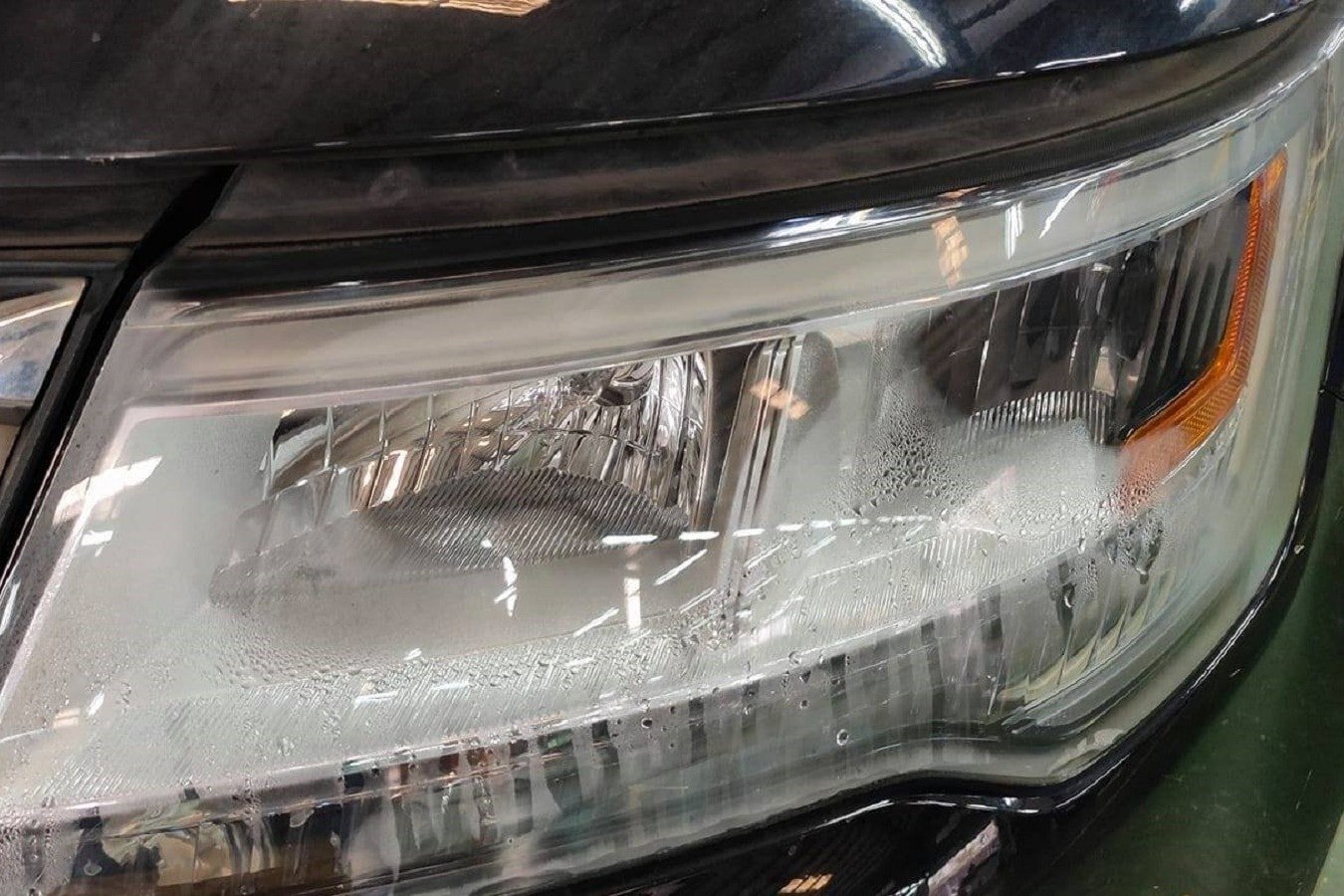
Lighting system: Turn on all headlights, taillights, and turn signals to make sure they work properly. Check carefully for condensation or water in the headlight housing. This is a sign of a damaged headlight gasket or cracked housing. This should be addressed promptly to avoid short circuits, reduced lighting efficiency, and bulb damage.

Unusual sounds during operation: When driving after several days of heavy rain, if you hear a squealing, grinding or strange sound coming from the undercarriage or when braking, it may be a sign that the suspension or braking system has been affected. In this case, take the car to a repair shop to have a professional mechanic check it to avoid more serious damage that may occur.
Check the car interior
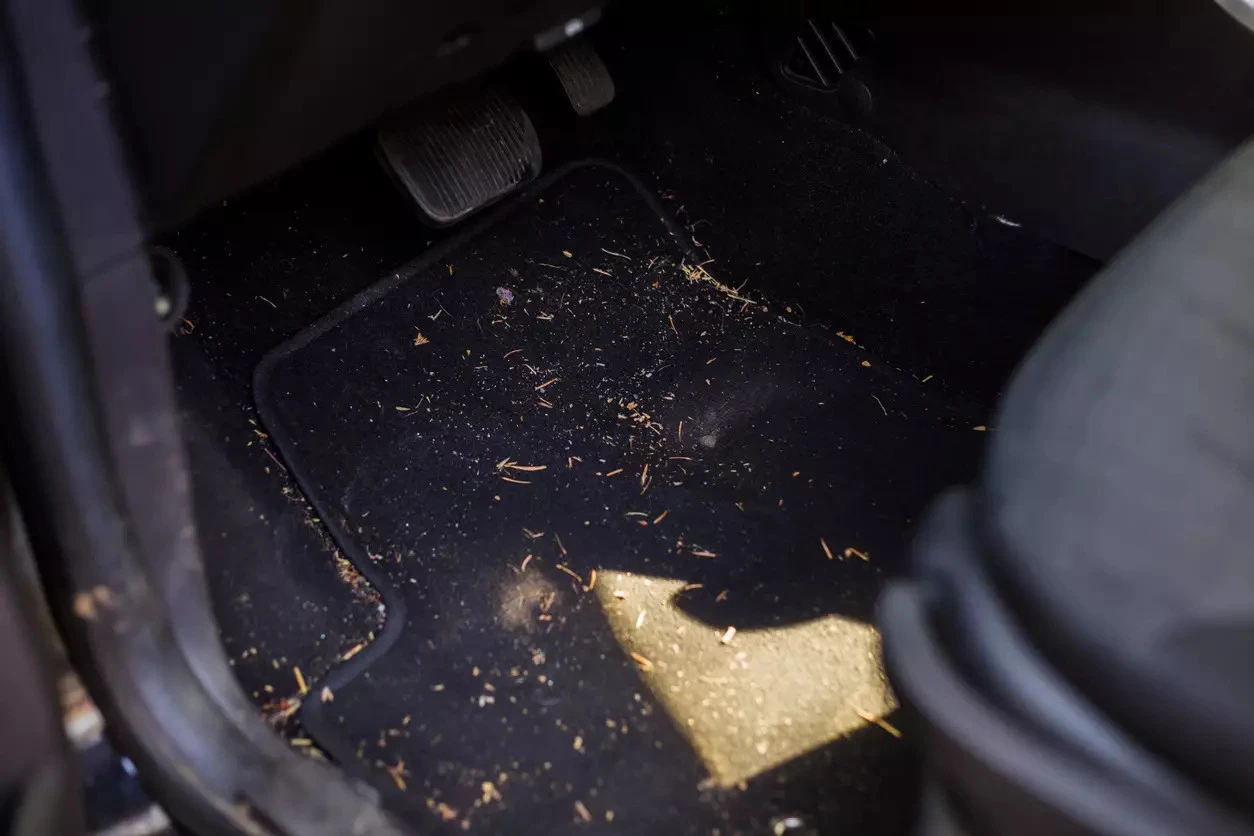
Floor mats and liners: Damp floor mats are a breeding ground for mold. Remove the mats, let them dry in the sun, and check the lining underneath for water seepage. If there are signs of long-term moisture and mold, it is possible that water has leaked from the door seals or the floor of the car.

Seats and door panels: Musty odors or water stains on the seats and door panels are signs of moisture intrusion. In this case, use a cleaning solution and a microfiber cloth to clean, and treat the mold early to prevent it from growing because it will affect the air quality in the cabin.

Switches and electric window systems: Rain can easily get into the door compartment, affecting the motor and wiring. Try operating all the windows, electric locks and rearview mirrors. If you experience slow operation or signs of jamming, water may have entered the motor or circuit. So it is necessary to check the electric system of the glass door early, you can use silicone oil sprayed into the glass groove to reduce friction and protect the gasket.
Check the engine compartment
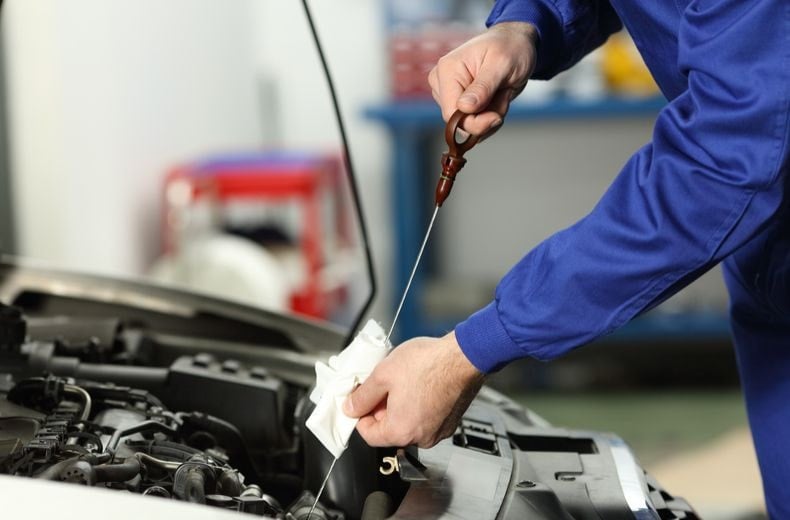
Engine oil and transmission oil : Pull out the dipstick to check, if the oil is milky white or cloudy, the engine oil may be contaminated with water. If the oil is too thick, black or has a lot of sediment, you should change the oil even before the maintenance period. For automatic transmissions, check the transmission oil as well because this part is often located low, easily affected when driving through flooded roads.
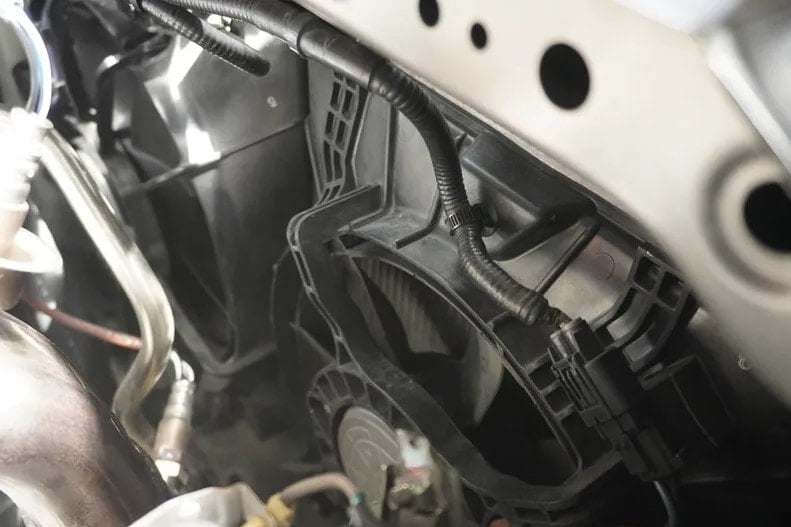
Cooling system: Check for leaves, debris, or dirt on the radiator, evaporator, or fan. Check the radiator, fan, and condenser. Leaves or dirt can get stuck, blocking the cooling airflow and causing overheating.
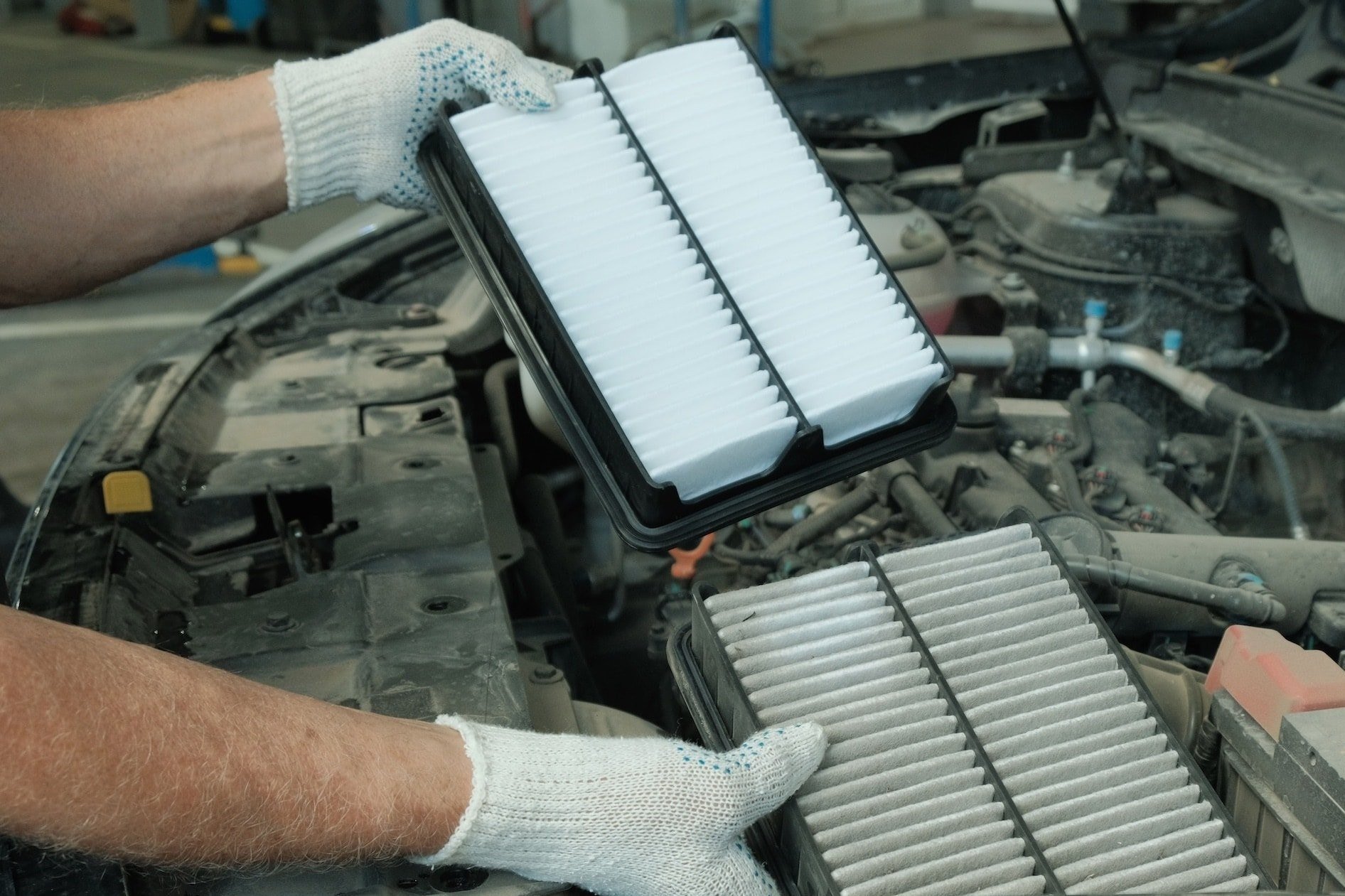
Engine Air Filter: Remove the air filter and check for moisture or dirt. A wet air filter should be replaced immediately, as a wet air filter will reduce airflow to the engine and may even cause “hydrolock” if water gets into the combustion chamber.
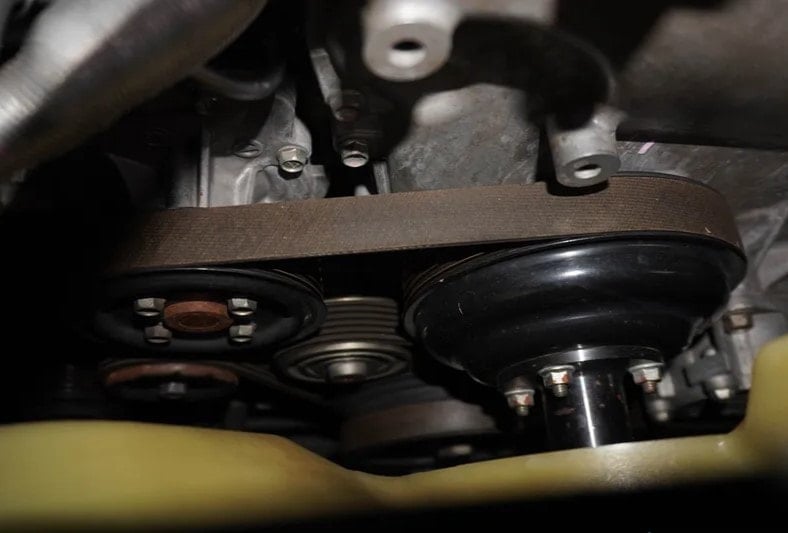
Drive Belt: When starting the car, listen carefully. If you hear unusual squealing or rattling noises, the belt or pulley may be contaminated with water or mud. This problem needs to be addressed promptly to avoid damage to the alternator, power steering pump, or air conditioning.
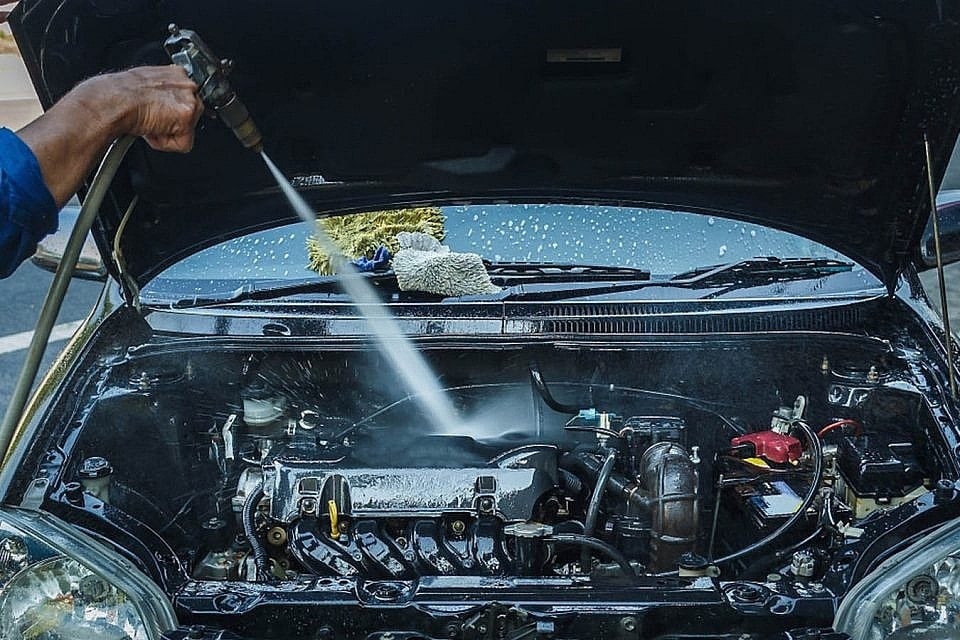
Clean the engine compartment: After driving through flooded areas, you should thoroughly clean the engine compartment to remove mud and moisture. This helps prevent corrosion and protects electrical connections, ensuring stable engine operation.
In short, if you detect any unusual signs from strange noises, flickering lights to moldy interiors, take your car to a reputable garage for a thorough inspection by a mechanic.
Remember that regular inspections are not only important during the rainy season, but should become a year-round vehicle maintenance habit, helping your vehicle stay durable, safe and reliable on every journey.
Source: https://baonghean.vn/nhung-bo-phan-o-to-can-kiem-tra-ngay-sau-khi-lai-xe-duoi-troi-mua-lon-nhieu-ngay-10305320.html


![[Photo] General Secretary attends the parade to celebrate the 80th anniversary of the founding of the Korean Workers' Party](https://vphoto.vietnam.vn/thumb/1200x675/vietnam/resource/IMAGE/2025/10/11/1760150039564_vna-potal-tong-bi-thu-du-le-duyet-binh-ky-niem-80-nam-thanh-lap-dang-lao-dong-trieu-tien-8331994-jpg.webp)

![[Photo] Opening of the World Cultural Festival in Hanoi](https://vphoto.vietnam.vn/thumb/1200x675/vietnam/resource/IMAGE/2025/10/10/1760113426728_ndo_br_lehoi-khaimac-jpg.webp)


![[Photo] Discover unique experiences at the first World Cultural Festival](https://vphoto.vietnam.vn/thumb/1200x675/vietnam/resource/IMAGE/2025/10/11/1760198064937_le-hoi-van-hoa-4199-3623-jpg.webp)































![[Photo] Ho Chi Minh City is brilliant with flags and flowers on the eve of the 1st Party Congress, term 2025-2030](https://vphoto.vietnam.vn/thumb/1200x675/vietnam/resource/IMAGE/2025/10/10/1760102923219_ndo_br_thiet-ke-chua-co-ten-43-png.webp)





































































Comment (0)